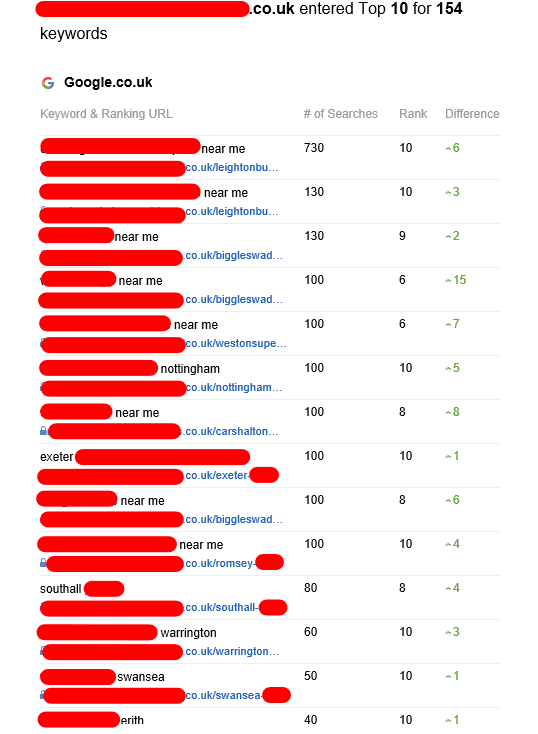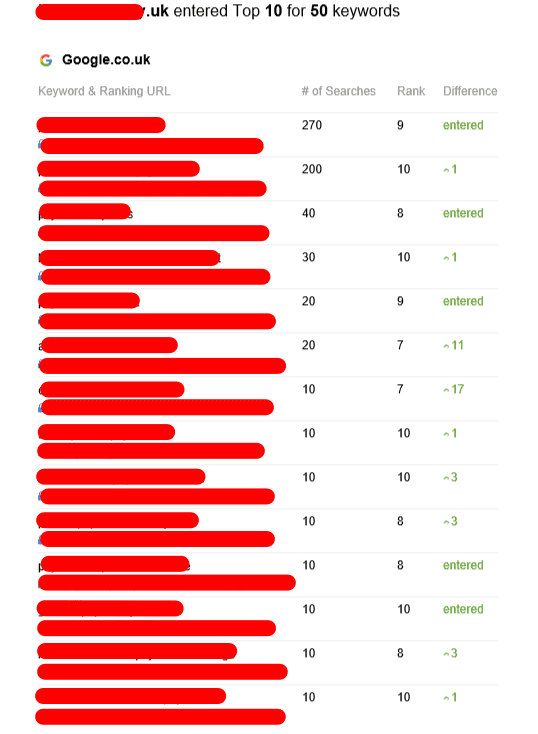The 10 Most Scariest Things About Consultant Seo International
페이지 정보

본문
Navigating the Complexities of International SEO: A Comprehensive Guide for Consultants
In the ever-expanding digital landscape, the role of an SEO Consultant Seo has actually become progressively crucial. As companies strive to reach a global audience, the requirement for specialized understanding in international SEO has actually grown significantly. This article explores the complexities of international SEO, providing a detailed guide for consultants to assist their clients succeed on a global scale.
Comprehending International SEO
International SEO is the practice of optimizing a site to rank well in online search engine for users in different nations and languages. It includes several key elements, including:

- Language and Content Localization: Tailoring material to meet the linguistic and cultural needs of various areas.
- Technical SEO: Ensuring that the site's structure and architecture support internationalization.
- Local Search Optimization: Optimizing for local search engines and directory sites.
- User Experience (UX): Enhancing the user experience for international visitors.
Key Strategies for International SEO
Pick the Right Domain Structure
- Subdirectories: E.g.,
example.com/esfor Spanish material. - Subdomains: E.g.,
es.example.comfor Spanish content. - Country Code Top-Level Domains (ccTLDs): E.g.,
example.esfor Spanish material. - Generic Top-Level Domains (gTLDs): E.g.,
example.comwith hreflang tags.
- Subdirectories: E.g.,
Implement hreflang Tags
- Usage hreflang tags to show to search engines the language and region of a page. This assists in avoiding duplicate content issues and ensures that users are directed to the most appropriate variation of your material.
Localize Content
- Equate material accurately and culturally. Usage native speakers to ensure the material resonates with the target audience.
- Consider local search patterns and keywords. Use tools like Google Trends and Ahrefs to determine popular search terms in various areas.
Optimize for Local Search Engines
- Different countries have various online search engine. For instance, Baidu in China, Yandex in Russia, and Naver in South Korea. Enhance your content for these local search engines to improve presence.
Develop Local Backlinks
- Get backlinks from trusted local sites. This can be accomplished through guest blogging, partnerships, and local business directories.
Boost User Experience
- Ensure that the website is fast and mobile-friendly. Use tools like Google PageSpeed Insights to recognize and fix performance problems.
- Offer local contact info, such as telephone number and physical addresses, to construct trust with international users.
Screen and Analyze Performance
- Use analytics tools to track the efficiency of your international SEO efforts. Google Analytics, for example, provides comprehensive insights into user behavior and search efficiency.
Case Study: Successful International SEO Implementation
Company: Tech Innovators Inc.. Goal: Expand their online existence to Europe and Asia. Strategies: Implemented a subdirectory structure
for various languages(e.g., techinnovators.com/es, techinnovators.com/zh). Utilized hreflang tags to ensure correct language andarea targeting. Localized material for each area, includingproduct descriptions and post. Enhanced for local online search engine like Yandex and Baidu. Built a network of local backlinks through collaborations andguest blogging. Improved user experience with quick filling times and mobile optimization. Outcomes: Increased natural traffic from Europe and Asia by 150%.Enhanced conversion rates in targeted areas. Enhanced brand name acknowledgment and consumer trust. FAQs Q: What is the difference between a subdirectoryand a subdomain? A: A subdirectory is a
folder within the primary domain(e.g., example.com/es ), while a subdomain is a different domain under the primary domain(e.g., es.example.com). Subdirectories are normally much easier to manage and are frequently chosenfor SEO functions. Q: Why are hreflang tags important? A: Hreflang tags assist browse engines comprehend the language and area of a page, guaranteeing that users are directed to the most appropriate version of your
content. This prevents duplicate content problems and improvesuser experience. Q: How can I find local search trends and keywords? A: Use tools like Google Trends, Ahrefs, and SEMrush to identify popular search terms in various areas. Local business directories and social networks platforms can also provide valuable insights. Q: What are the benefits of optimizing for local online search engine

?A: Optimizing for local search engines can substantially enhance exposure and rankings in particular areas. It assists in reaching a more targeted audience and can cause greater conversion rates.Q: How can I build local backlinks? A: Partner with local organizations, compose guest posts for
local blog sites, and list your business in local directories. Engaging with local neighborhoods and participating in online forums can also help in structure backlinks. International SEO is a complex but satisfying field that requires a deepunderstanding of different markets and
cultures. By carrying out the ideal methods and continually keeping track of performance, SEO consultants can assist their clients attain global success. Whether it's through accurate material localization, technical optimization, or structure local backlinks,the secret is to offer a smooth and appropriate user experience for international visitors. In a world where the digital landscape is constantly progressing, remaining ahead of the curve in international SEO is not simply an option-- it's a requirement.
- 이전글카지노먹튀 【원벳원보증.com / 가입코드 9192】 벳계열 25.05.18
- 다음글탑플레이어 코인 텔@adtopking [애드바다] 25.05.18
댓글목록
등록된 댓글이 없습니다.